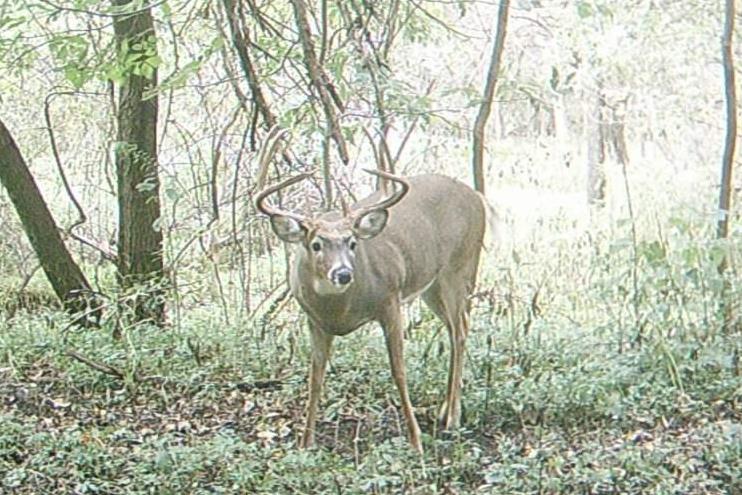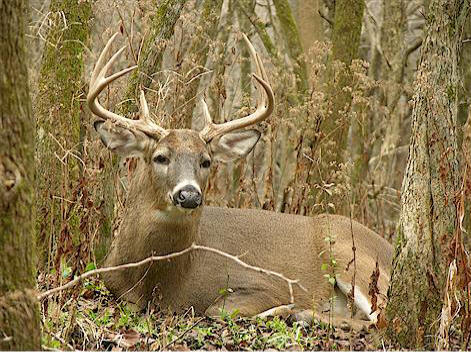The southern portion of Texas can be classified as a place that does not receive a whole lot of rain, but it is also known for outstanding whitetail deer hunting. Much of South Texas is positioned within a semi-arid desert area that expects only 22 to 24 inches of rainfall each year and whitetail living in the area are well adapted. When the rains do fall, they are unpredictable at best. There are portions of South Texas that have only received 1 inch of rain in the last 180 days!
Deer habitat conditions are bad, but could get much worse if summer rains do not fall and offer some relief for hungry, thirsty deer. Living, working and managing whitetail deer through a dry spell is always a concern. Planning ahead to lessen the impacts of drought conditions is important to any ranching or whitetail hunting operation. This is especially important when forecasts indicate a hot, dry summer may be in store for South Texas and the wildlife found there. Here are a few guidelines that may lessen the impact of a below-average rainfall year on your ranch. Continue reading Whitetail Deer Hunting: South Texas Habitat Hanging On

